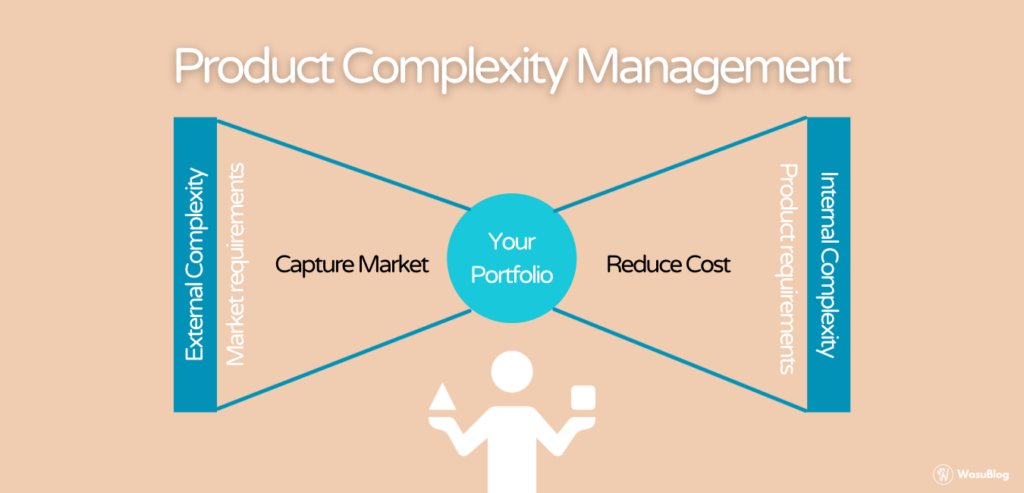Category: Analysis
(3 von 100)
Why: We want to inform you about product complexity management so that your product portfolio does not get in your way of growing.
Simplicity is hard to build, easy to use, and hard to charge for.
Chris Sacca
Complexity is easy to build, hard to use, and easy to charge for.
In a flash, here is how you manage product complexity!
Table of Contents
In Short
The problem is that we need both the leanness and complexity of our product portfolio. Because
- Leanness helps you move quickly, develop with small cost.
- Complexity helps you differentiate from other competitors.
- Both vice and versa

1. Define Modularly
By defining your product or system modularly, you will benefit by being able to
- foresight product design effort
- minimize consumption of primary resources
Ultimately, modularity increases upgradeability. This is also the basic concept of agile engineering. Check out: Steps To Agile Product Development
2. Sequential Benefit Assessment
How you should go about learning complexity benefit: I suggest you do it sequentially.
It stems from root to fruit and decides where to make a trade-off between complexity and benefit.
- Requirement: allow modular system
- Function: uniform configurations
- Technology: Know-how leverage
- Physical: Economies of scale
3. Start with the end function
More often than not, engineers will think, “Hey, we can also use this technology for A, B, and C.” This is the typical approach from product to function.
To keep our product complexity as low as possible, we should do the opposite. Start with the function that we want and develop the technology for it.

Conclusion
We have looked at the market benefit of the complexity and the loss of development agility. Later, we see that to consider these benefits, we should assess them sequentially.
The rule of thumb is to approach from function and develop the product to deliver the value. Keeping the complexity of your portfolio at the minimum can be deciding factor of the company.
Do less when less is enough.

